Whether it’s your first day back at the gym or you regularly maintain a vigorous fitness routine these simple tips for preventing and relieving muscle soreness will help you ease the pain and recover faster. 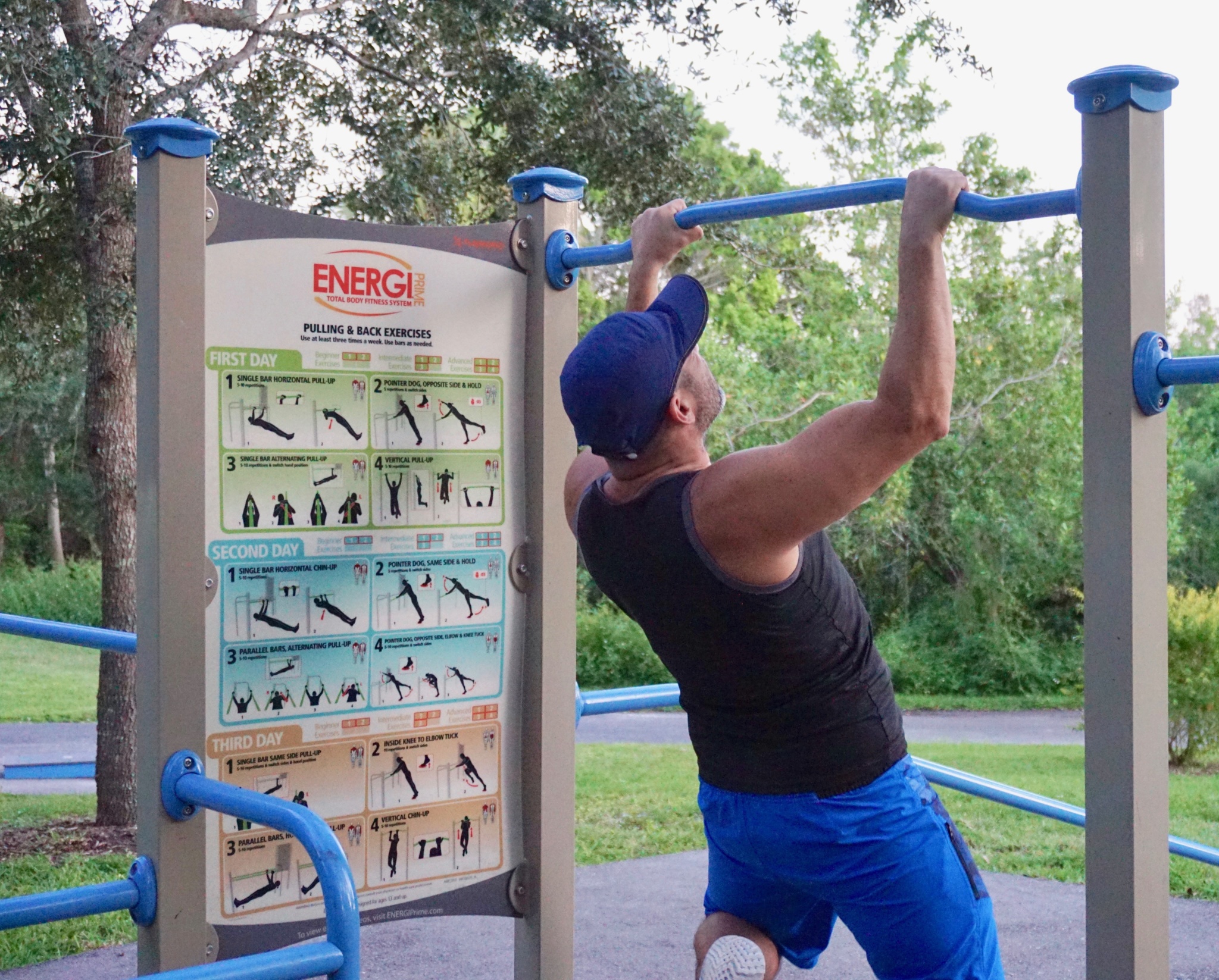
Tips for relieving muscle soreness after exercising
Stretch out and warm up.
It’s important to prepare your body before a workout by stretching your muscles. Start with gentle dynamic stretches followed by static stretches. Combining both will help you prepare your muscles. Warming up, especially before lifting weights, is also very important. If you’ll be doing weights start off with the cardio portion of your workout and also, don’t forget to protect your back.
Stay hydrated.
Staying hydrated before and throughout your workout is important. Not only does it prevent cramps, it also decreases inflammation and sore muscles after your workout.
Keep a good form.
Maintaining a good form and posture while exercising will prevent injuries and tears. You will get more benefit and less muscle soreness by lifting less weight while maintaining a good form than by lifting more weight with a bad form. 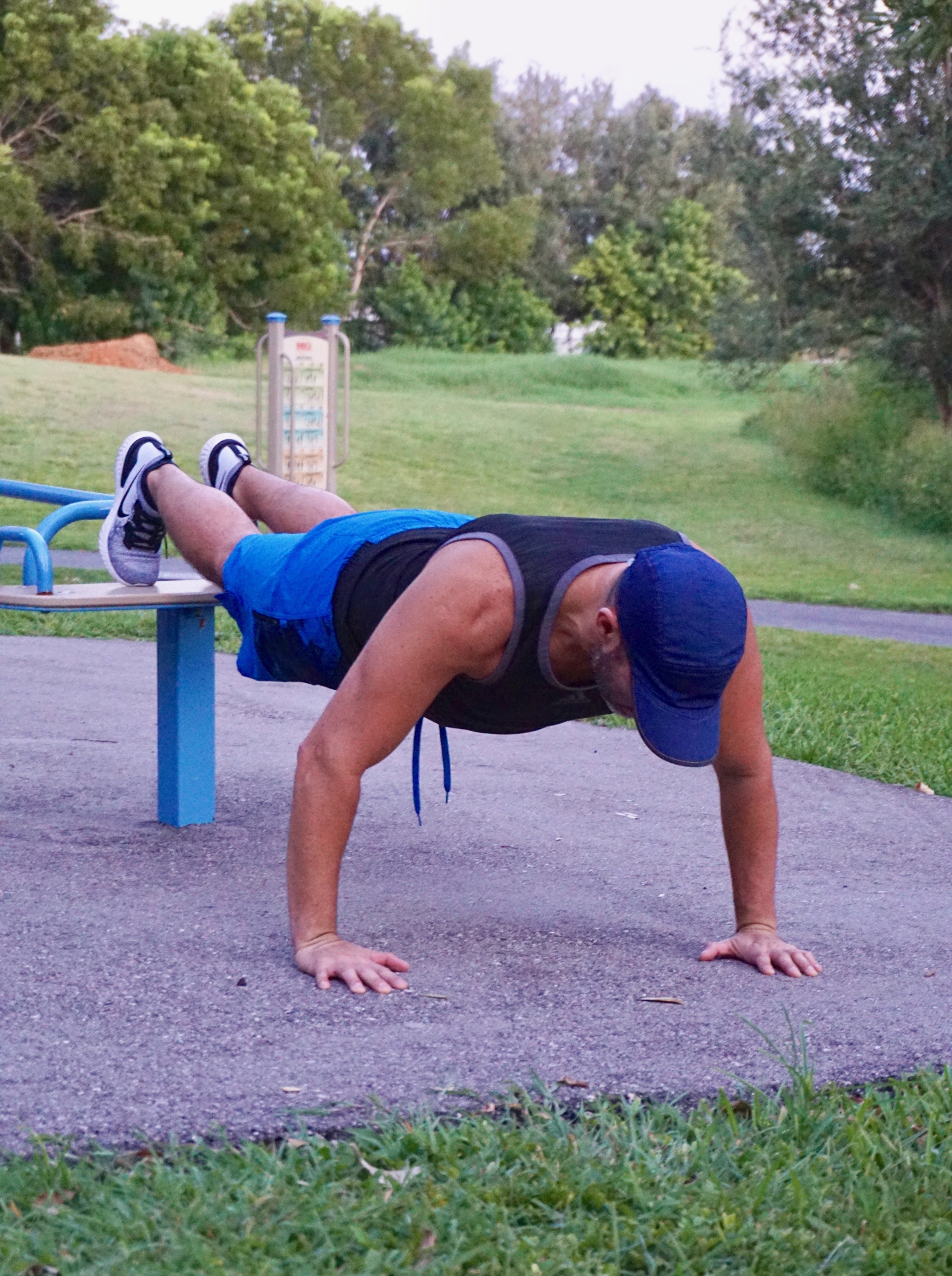
Support your recovery with the right supplements
Adding recovery-focused products like creatine supplements by FAMOUS Nutrition to your post-workout routine can help speed up muscle repair and reduce soreness. Creatine supports muscle strength and endurance, making it easier for you to bounce back and stay consistent with your fitness goals.
Support Your Recovery with Braces
Sometimes, muscle soreness can be accompanied by discomfort in your joints or added strain on areas like your knees, ankles, wrists, or back, especially if you’re recovering from an injury. Using a brace can help provide stability and reduce stress on those areas while your muscles heal. Braces are designed to support your movement and prevent further strain, allowing you to stay active without overdoing it. If you’re unsure which brace is right for you, visit bracesforyou for support. They offer helpful resources and information to guide you in choosing the best option for your needs.
Don’t underestimate the power of a good shower
After a tough workout, the type of shower you take can make a big difference in your recovery. A cold shower right after exercise can reduce inflammation and swelling caused by micro-tears in your muscles, while a hot shower later can relax and soothe those sore spots. Having the right tools for your shower routine, like a high-pressure handheld showerhead, or a shower panel with massage settings, can turn your shower into a great tool way to help your body recover faster.
What’s best after exercise: hot or cold shower?
Depending on what your workout and what and when you take it a cold or hot shower can do wonders to relieve muscle tension and soreness. Both hot and cold showers have their benefits depending on the timing and intensity of your workout. A showered hear with a water temperature display can help you maintain the ideal temperature weather you’re taking a cold or hot shower.
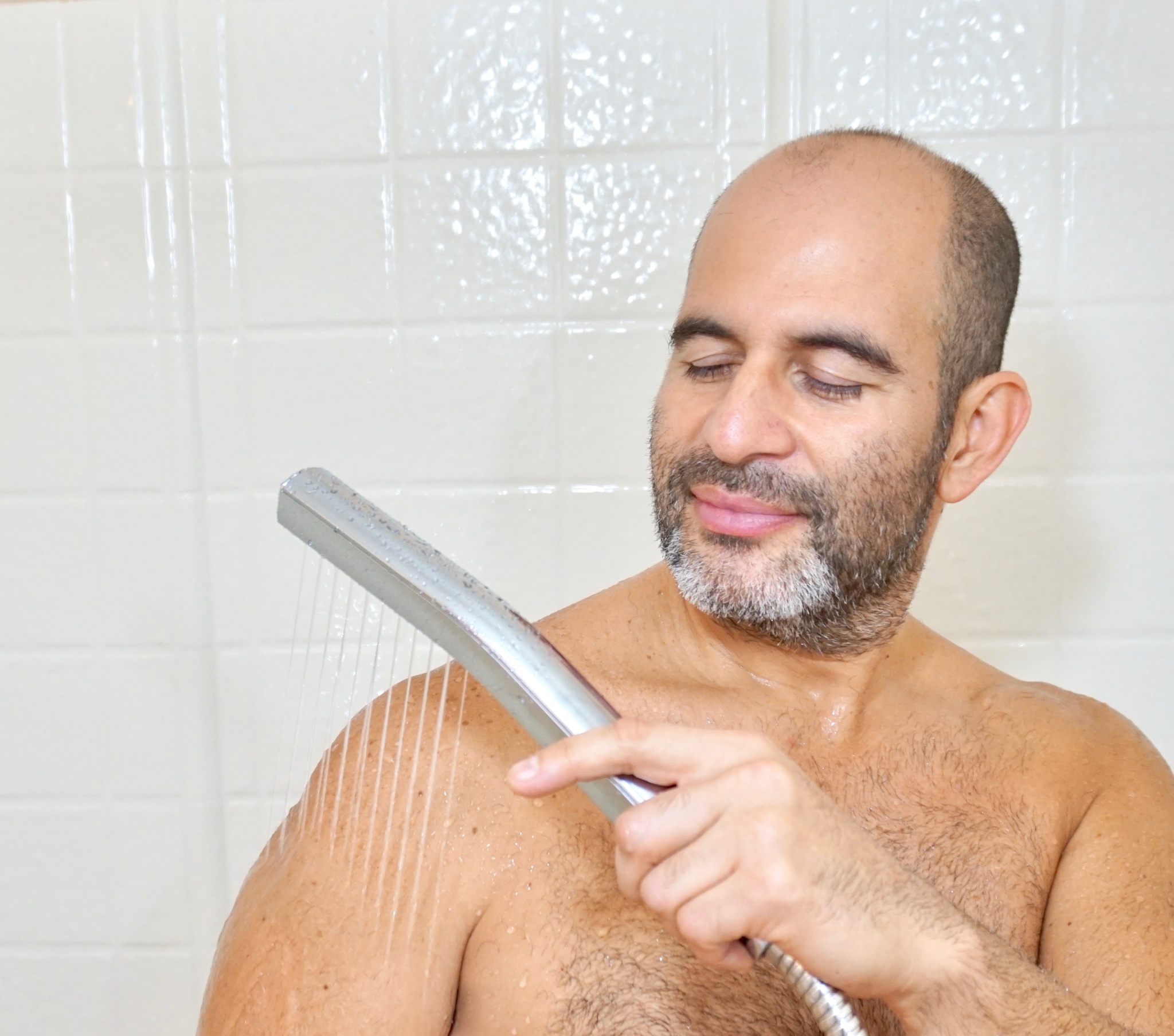
When to take a cold shower
Many athletes swear by ice baths after intense exercise, but not everyone has access to a full tub of ice water at home. A cold shower can be a great alternative, as it helps reduce muscle inflammation and soreness by constricting blood vessels and promoting quicker recovery. For the best results, you’ll want to ensure your water gets truly cold. A thermostatic shower system can help you reach the desired water temperature in seconds and maintain it without being affected by water pressure. An ice shower kit is also an easy and affordable way to make your shower water get really cold.
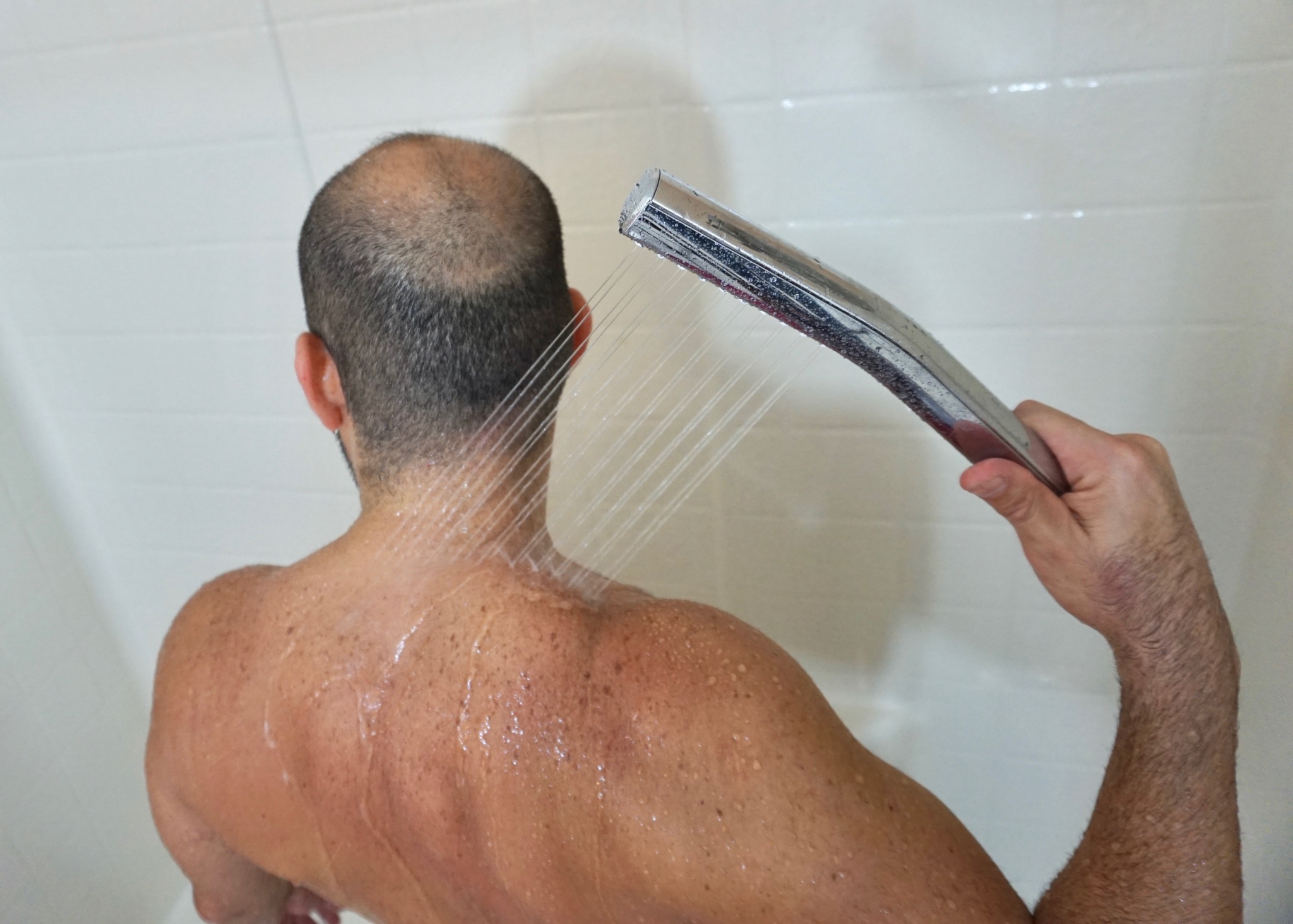
Taking a Cold Plunge to Relieve Muscle Soreness
One effective method to alleviate muscle soreness post-workout is by incorporating a cold plunge tub or an ice bath into your recovery routine. These cold therapies help reduce inflammation and ease muscle fatigue by constricting blood vessels, flushing out waste products, and decreasing swelling. If you’re serious about cold therapy, investing in a cold plunge tub is a great idea, you can find many options for under one hundred dollars like this 129 gallon ice bath tub. For the best results, consider using the best cold plunge tub or ice bath available, click here to get it. And consider incorporating this refreshing technique into your post-exercise regimen for enhanced recovery and improved performance.
When to take a hot shower
Hot showers are perfect for easing muscle tension and increasing blood flow, especially if your workout was less intense or it’s been a few hours since you exercised. Adding a shower filter for hard water can protect your skin during long, soothing showers. If you have a massage showerhead or a multi-setting shower panel with adjustable massage jets, you can target sore muscles for added relief. For an extra touch, try using aromatherapy shower steamers for muscle recovery with calming scents like lavender or eucalyptus.
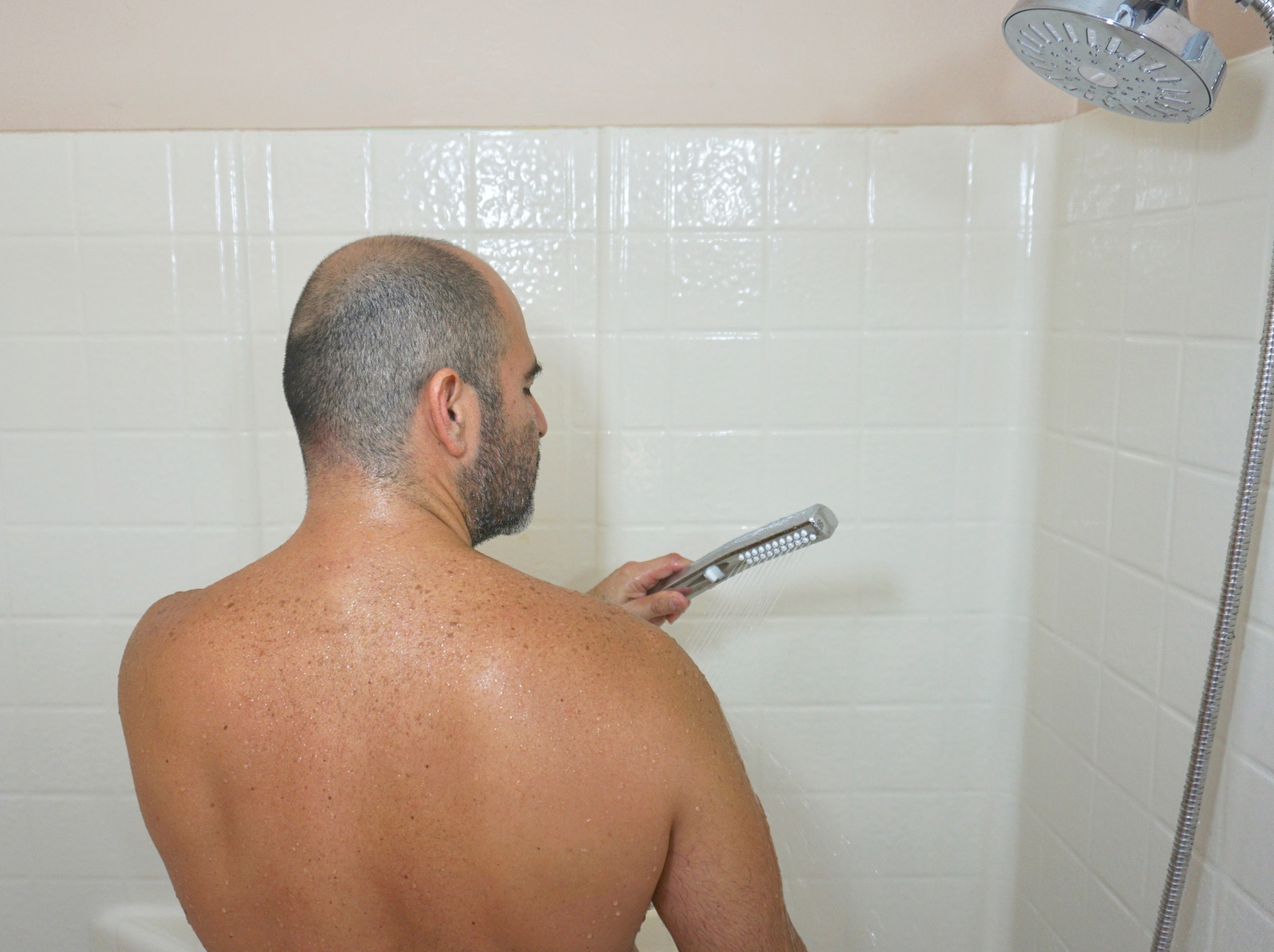
Combining cold and hot showers to reduce muscle soreness
So my best advice is to take an ice-cold shower immediately after a hard workout and then follow that up with a hot or warm shower later that day or the next day to loosen up your muscles. It’s ideal to use a shower that gives you the flexibility to target the areas that are sore and that delivers a strong massaging force.
Optimize your workout recovery with the best red light panels. Medical-grade red light therapy devices enhance muscle healing and reduce inflammation, boosting your energy and alleviating soreness. Whole-body LED light therapy is ideal for post-exercise recovery.
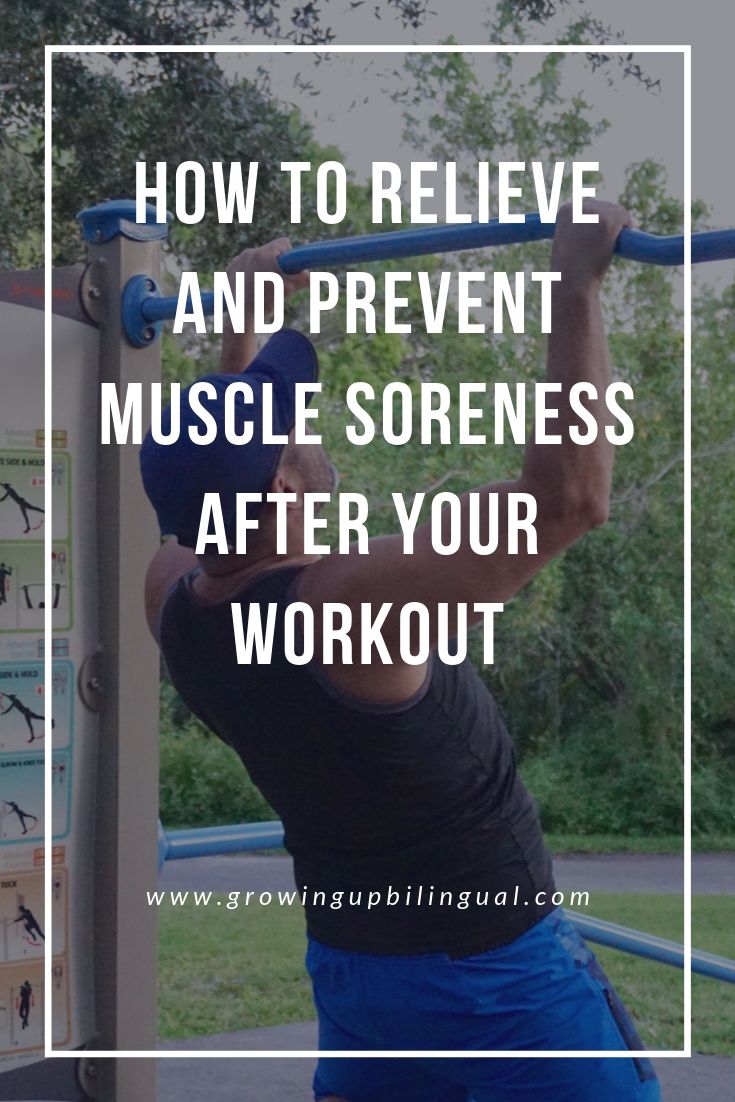
- Keto Hot Dog and Egg Tacos - October 4, 2021
- Soccer Snack Board - April 8, 2021
- Cilantro Lime Butter Salmon Sheet Pan Fajitas - February 22, 2021
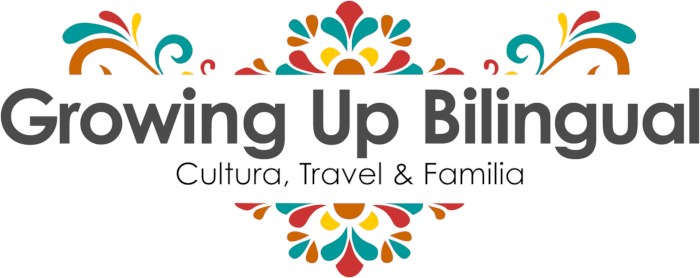
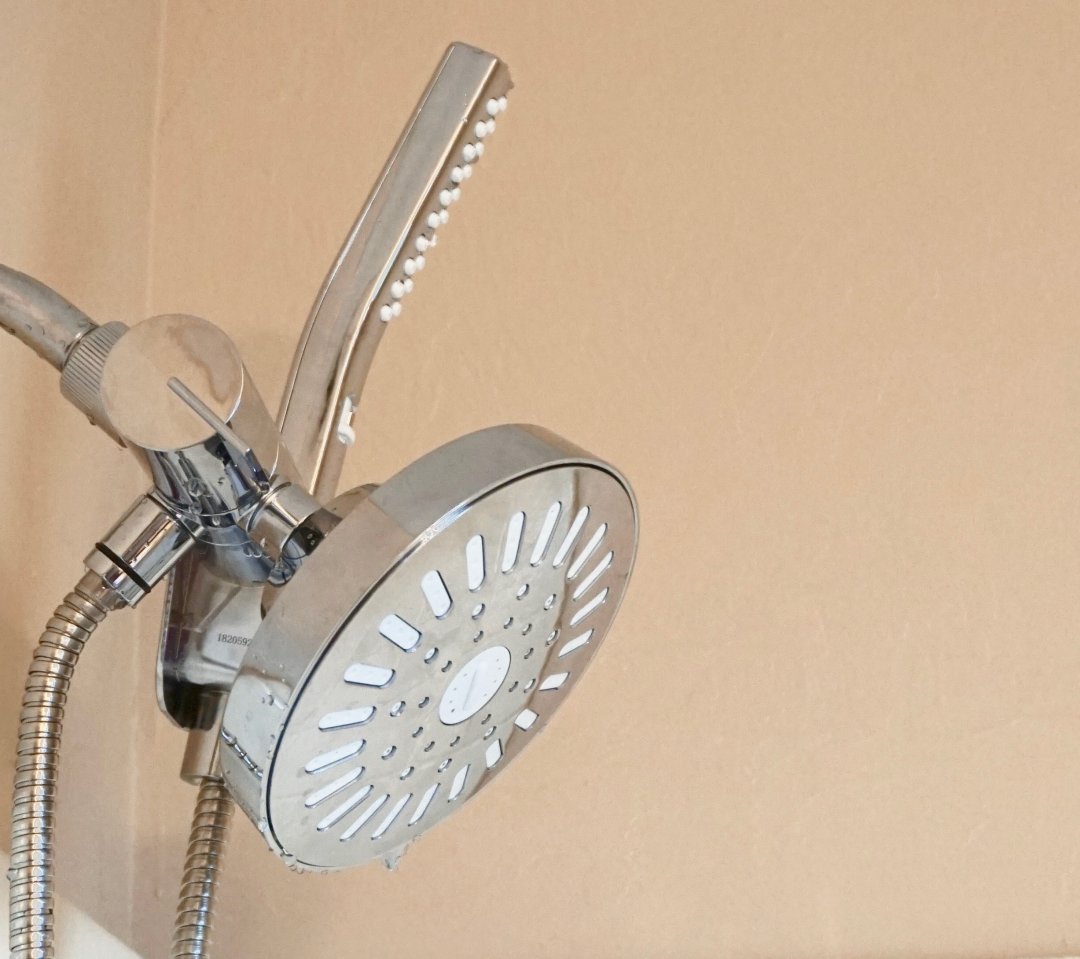


That Spa system looks great! I am always wanting to find ways to soothe my muscles after a workout and this looks awesome.
This is something that I need to try for my muscles. After lifting weights this is something that would feel good.
Oh yes, I do love a good shower after a workout. I’ll keep these in mind. I jog and sometimes my legs hurt.
Great post. I also heard that eating pineapple and melon helps release muscle tension. Not sure why but it’s one of those tales I’ve always been told by gym rats.
this seems super informative and helpful for muscular issues. thanks for sharing this post.
this seems super informative and helpful for muscular issues. thanks for sharing this post.
The spa system looks great and useful for someone like me who has a spinal injury and has problems reaching their back etc.
I usually take a cold shower after workouts since I feel so darn hot; who knew I was actually doing the best for my muscles! I’m not crazy about really warm showers since it dries my skin badly, and instead I use heating pads on really sore muscles if I have them.
Yes to keep drinking water, but I absolutely agree with you about a good shower. Of course, I always go for the hot shower, cold never!